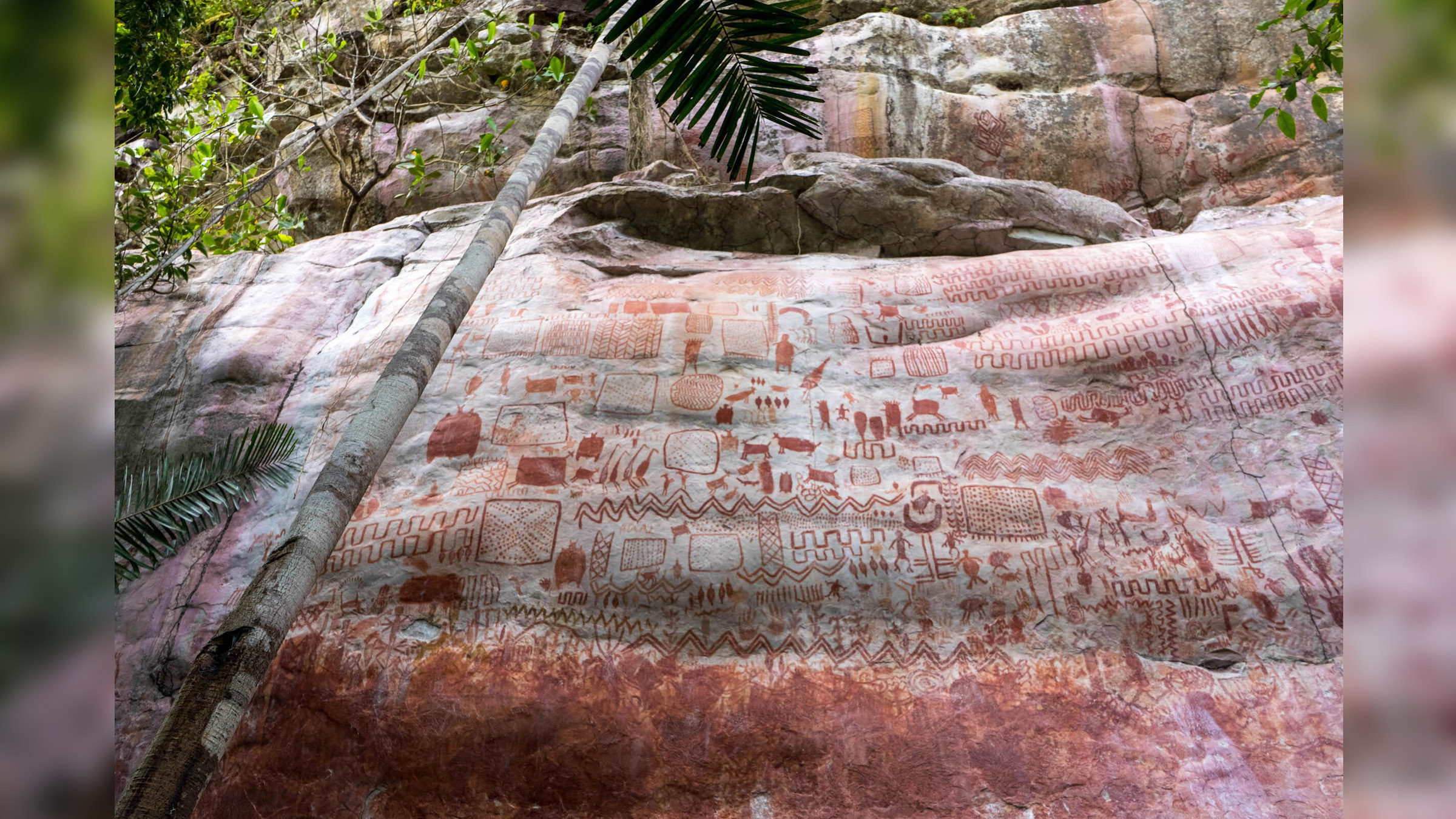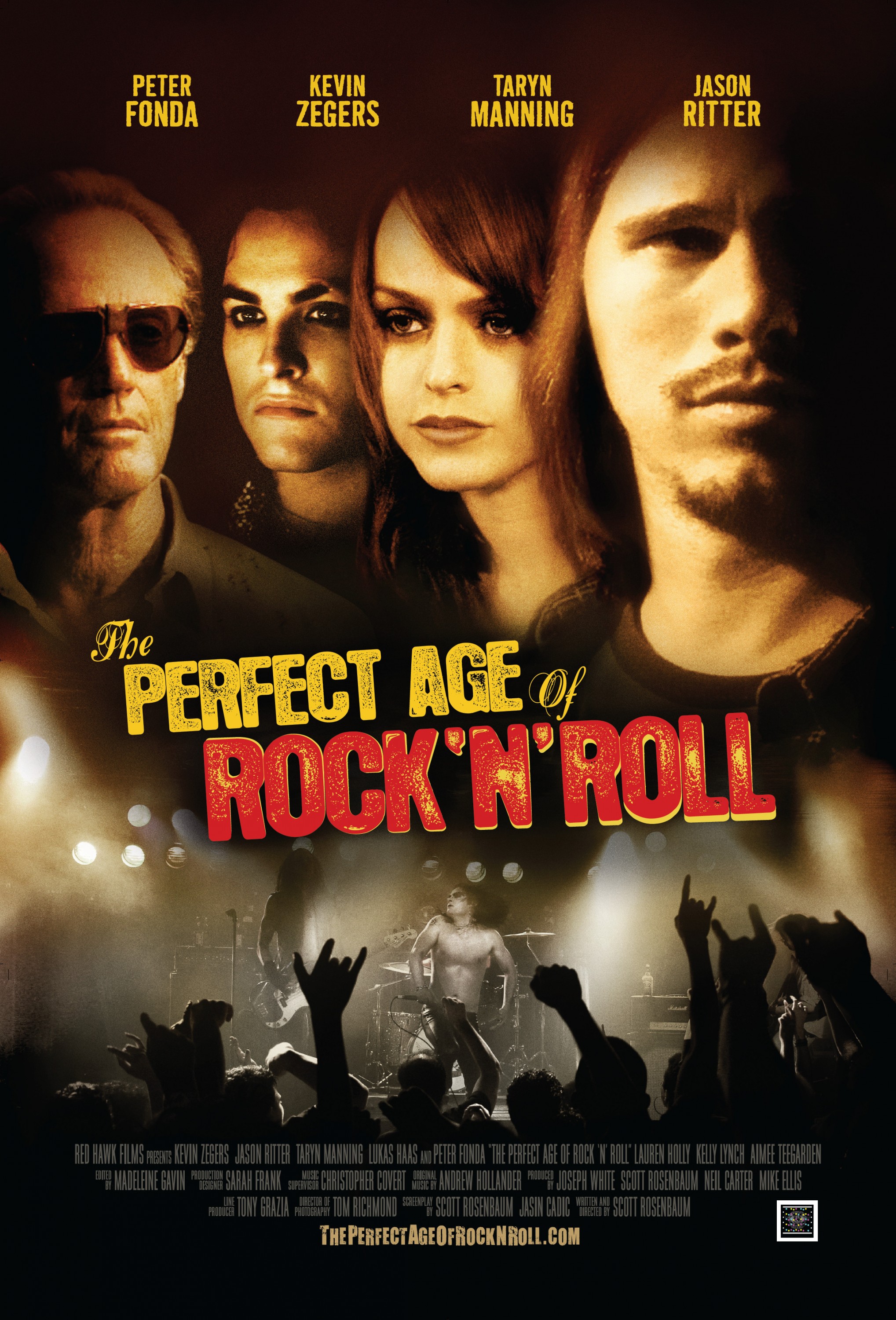The Rock Age: A Deep Dive Into The Era That Shaped Our World
Hey there, fellow history enthusiasts! Let’s take a trip back in time to an era that literally shaped the foundation of human civilization. The Rock Age, also known as the Stone Age, is more than just a cool-sounding name—it’s the cornerstone of our understanding of ancient human life. From rudimentary tools to intricate cave paintings, this period holds the secrets of how early humans adapted, survived, and thrived. So, buckle up, because we’re diving headfirst into this fascinating world of rocks, tools, and ancient ingenuity.
Now, you might be wondering why the Rock Age is such a big deal. Well, it’s not just about rocks—it’s about the evolution of humanity. This era spans millions of years and is broken down into smaller periods like the Paleolithic, Mesolithic, and Neolithic. Each of these phases tells its own story about how humans interacted with their environment, developed tools, and eventually settled into agrarian societies. So, whether you’re a history buff or just curious about our roots, the Rock Age has something for everyone.
Here’s the kicker: the Rock Age isn’t just about ancient history. It’s about understanding where we came from and how far we’ve come. By exploring this era, we can appreciate the ingenuity of early humans and see how their innovations laid the groundwork for modern technology. Ready to uncover the secrets of the Rock Age? Let’s get started!
- Greta Scacchis Son The Rising Star In The Spotlight
- Tiktok Tits The Ultimate Guide To Understanding The Viral Sensation
Table of Contents
- What is the Rock Age?
- Key Periods of the Rock Age
- Tools and Technology in the Rock Age
- Art and Culture in the Rock Age
- Daily Life in the Rock Age
- Environmental Impact During the Rock Age
- Famous Rock Age Sites
- The End of the Rock Age
- Legacy of the Rock Age
- Conclusion: Why the Rock Age Matters Today
What is the Rock Age?
The Rock Age, or the Stone Age, is a prehistoric period characterized by the use of stone tools and weapons. It’s like the OG era of human innovation, where rocks weren’t just rocks—they were tools, weapons, and even art. This period stretches from around 3.3 million years ago to about 3,000 BCE, depending on the region. The Rock Age is divided into three main phases: the Paleolithic, Mesolithic, and Neolithic. Each phase represents a significant leap in human development, from hunting and gathering to agriculture and settlement.
Now, let’s break it down. The Paleolithic is all about survival—think caves, fire, and stone tools. The Mesolithic is the transition period where humans started adapting to new environments. And the Neolithic? That’s where things really got interesting, with the rise of farming, pottery, and permanent settlements. So, yeah, the Rock Age wasn’t just about rocks—it was about survival, innovation, and progress.
Key Periods of the Rock Age
Paleolithic Period
The Paleolithic, or Old Stone Age, is like the original survival guide. This period lasted from around 3.3 million years ago to 10,000 BCE. Early humans during this time were hunters and gatherers, using stone tools to hunt animals and process food. Some of the coolest innovations of this era include fire, which was a game-changer for cooking and protection. Plus, who can forget the cave paintings? These artworks give us a glimpse into the spiritual and cultural lives of early humans.
Mesolithic Period
Fast forward to the Mesolithic, or Middle Stone Age, which occurred between 10,000 BCE and 4,000 BCE. This period marked a shift in human adaptation. As the Ice Age ended, the climate warmed, and humans began to adapt to new environments. They started fishing, gathering more efficiently, and even created more refined tools. It’s like the upgrade version of the Paleolithic, where humans started getting smarter about their surroundings.
Neolithic Period
And then we have the Neolithic, or New Stone Age, which lasted from 4,000 BCE to around 3,000 BCE. This is where things got really exciting. Humans started farming, domesticating animals, and building permanent settlements. Pottery became a thing, and people started creating more complex societies. It’s like the dawn of civilization, where humans went from surviving to thriving.
Tools and Technology in the Rock Age
Alright, let’s talk tools. The Rock Age wasn’t just about bashing rocks together—it was about creating tools that made life easier. Early humans crafted stone tools for hunting, cutting, and processing food. They used flint, obsidian, and other rocks to create sharp edges that could slice through meat or wood. And let’s not forget the bow and arrow, which revolutionized hunting. These tools weren’t just practical—they were works of art in their own right.
But it wasn’t just about tools. The Rock Age also saw the development of fire, which was a game-changer for cooking, warmth, and protection. Fire allowed humans to expand into colder regions and cook food, which made it easier to digest. Plus, it provided a sense of community, as people gathered around the fire to share stories and bond.
Art and Culture in the Rock Age
Now, let’s talk about the creative side of the Rock Age. Early humans weren’t just about survival—they had a deep connection to art and culture. Cave paintings, like those found in Lascaux, France, and Altamira, Spain, are some of the most stunning examples of prehistoric art. These paintings depict animals, hunting scenes, and even spiritual rituals. They give us a glimpse into the minds of early humans and their connection to the natural world.
Music and dance were also part of Rock Age culture. Instruments made from bones and horns were used to create music, while dances were performed as part of rituals and celebrations. It’s like the original jam session, where humans expressed themselves through art and music.
Daily Life in the Rock Age
So, what was daily life like in the Rock Age? Well, it wasn’t all sunshine and roses. Life was tough, and survival was the name of the game. Humans spent their days hunting, gathering, and protecting themselves from predators. But they also had moments of joy, like celebrating a successful hunt or gathering around the fire to share stories.
Family and community were central to daily life. People lived in small groups, working together to ensure everyone’s survival. They shared resources, knowledge, and skills, which helped them thrive in harsh environments. It’s a reminder that even in the toughest times, humans have always found ways to come together and support each other.
Environmental Impact During the Rock Age
Now, let’s talk about the impact of the Rock Age on the environment. Early humans weren’t exactly eco-warriors, but they did have a profound effect on the natural world. Hunting large animals, like mammoths and saber-toothed tigers, led to their extinction in some regions. Deforestation for agriculture also began during the Neolithic period, as humans cleared land for farming.
But it wasn’t all bad. Early humans lived in harmony with nature, using resources sustainably and adapting to their environments. They understood the importance of balance and worked with the land, rather than against it. It’s a lesson we can still learn from today.
Famous Rock Age Sites
There are some incredible Rock Age sites around the world that offer a glimpse into this fascinating era. Places like Lascaux Cave in France, Altamira Cave in Spain, and Göbekli Tepe in Turkey are just a few examples. These sites showcase the art, technology, and culture of early humans, giving us a deeper understanding of their lives.
- Lascaux Cave: Famous for its stunning cave paintings, this site offers a glimpse into prehistoric art.
- Altamira Cave: Known as the "Sistine Chapel of Prehistory," this cave features intricate paintings of animals.
- Göbekli Tepe: This ancient temple complex is one of the oldest human-made structures ever discovered, dating back to the Neolithic period.
The End of the Rock Age
So, what brought the Rock Age to an end? Well, it wasn’t a sudden event—it was a gradual transition. As humans developed new technologies, like metalworking, they began to move away from stone tools. The Bronze Age and Iron Age marked the end of the Rock Age, but its legacy lives on. The innovations and adaptations of this era laid the foundation for modern civilization.
Legacy of the Rock Age
The Rock Age may be ancient history, but its impact is still felt today. From the tools we use to the way we interact with our environment, the innovations of this era continue to shape our world. It’s a reminder that even the simplest tools and ideas can have a profound effect on humanity. So, the next time you pick up a tool or create something new, remember the ingenuity of our ancient ancestors.
Conclusion: Why the Rock Age Matters Today
Alright, let’s wrap this up. The Rock Age wasn’t just about rocks—it was about survival, innovation, and progress. From the Paleolithic to the Neolithic, early humans adapted to their environments, developed tools, and created art and culture. Their legacy lives on in the tools we use, the way we interact with our environment, and the communities we build.
So, what can we learn from the Rock Age today? Well, it’s a reminder of the importance of adaptability, community, and sustainability. In a world that’s constantly changing, these lessons are more relevant than ever. Whether you’re exploring ancient sites or simply appreciating the ingenuity of our ancestors, the Rock Age has something to teach us all.
Now, it’s your turn. Share your thoughts in the comments below or check out our other articles for more fascinating insights into history and beyond. Thanks for joining me on this journey through the Rock Age—it’s been a blast!
- Leni Klum Bikini The Ultimate Guide To Her Iconic Style And Journey
- Pokimane Naked The Truth Behind The Controversy And Viral Sensation

The Silicon Tribesman • Stone Age and Bronze Age rock art in...

Sprawling 8milelong 'canvas' of ice age beasts discovered hidden in

The Perfect Age of Rock 'n' Roll Mega Sized Movie Poster Image IMP